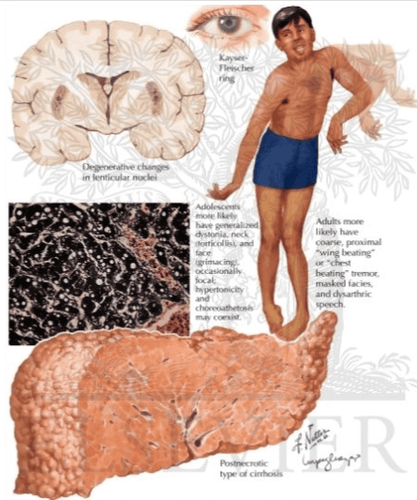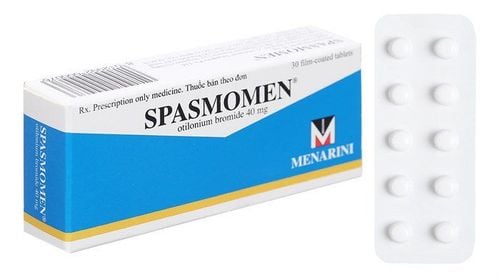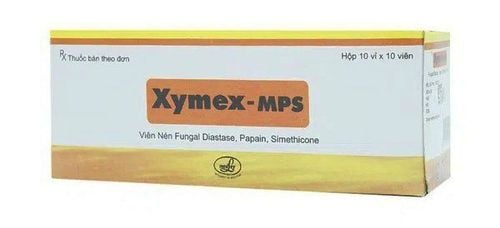This is an automatically translated article.
Wilson's disease is an autosomal recessive genetic disease. This means that in Wilson's disease, the body must receive 2 abnormal ATP7B genes (1 from the father and 1 from the mother). Children with Wilson's disease will cause disorders of copper metabolism in the body leading to other dangerous diseases.
1. How dangerous is Wilson's disease in children?
Wilson's disease in children due to copper stagnation in many organs with diverse clinical manifestations, the most common is damage to brain, liver, eyes, kidneys, joints, bones... Disease caused by recessive genetic inheritance on infection normal chromosomes. This means that in Wilson's disease, the body must receive two abnormal ATP7B genes: one from the father and one from the mother. If only 1 abnormal gene is received, it is called a healthy carrier.
Wilson's disease in children can cause many dangerous complications such as:
Wilson's liver: Usually manifests in the form of prolonged chronic hepatitis with manifestations of acute jaundice, hemolytic anemia, renal failure. .. Wilson can have acute liver failure, which is often severe and has a high risk of death without a liver transplant.
Neurological: Patients with Wilson's brain often make it difficult to speak, slow speech, dysphonic, stiff movements accompanied by stiff movements. abnormal movements (tremor, chorea, dancing)... Or swallowing disorder, ophthalmic disorder, circular muscle disorder, autonomic disorder and may occur paroxysmal attacks such as epilepsy or stroke . Wilson's disease in children can be detected at the earliest, usually fine motor skills (bad handwriting and scribbling, slower writing, inability to play the guitar or knit, play games with small objects).

Bệnh Wilson ở trẻ em có thể gây động kinh
Psychiatric: Often presents with signs of emotional and mood disturbances. Some cases of intellectual impairment tend to progress to mental decline, personality changes, anxiety, psychosis. Children often have poor academic performance, personality changes, impulsivity, unstable moods, sexual displays, inappropriate behavior...
At other agencies: Injuries in Normal eye can only detect on examination, copper deposition in retina and vitreous causes sunflower cataract. Copper deposition in the heart causes cardiomyopathy. Some patients with Wilson's disease have darkening of the skin, acne, joint pain... Wilson's body has fulminant liver failure due to the massive release of copper into the blood, causing hemolysis and acute liver failure, although rare but very severe.
2. Why do children get Wilson's disease?
So why do children get Wilson's disease? Accordingly, people carrying mutations in the ATP7B gene can have Wilson's disease due to disorders of copper metabolism in the body.
This is an essential trace element that participates in many metabolic processes in the body through catalyzing the action of many enzymes. Normally, the amount of copper in the body is estimated at about 50-100 mg, while the absorption requirement of a healthy adult body is only about 0.9mg/day. Copper absorption occurs most in the stomach and duodenum. Once absorbed, copper is used for metabolism, the remainder is excreted in the bile and urine. This process is handled by the ATP7B gene located on chromosome 13q14.3. However, because the ATP7B gene is mutated, the excess copper in is not metabolized and eliminated from the body, stagnation in organs in the body causing many dangerous diseases.
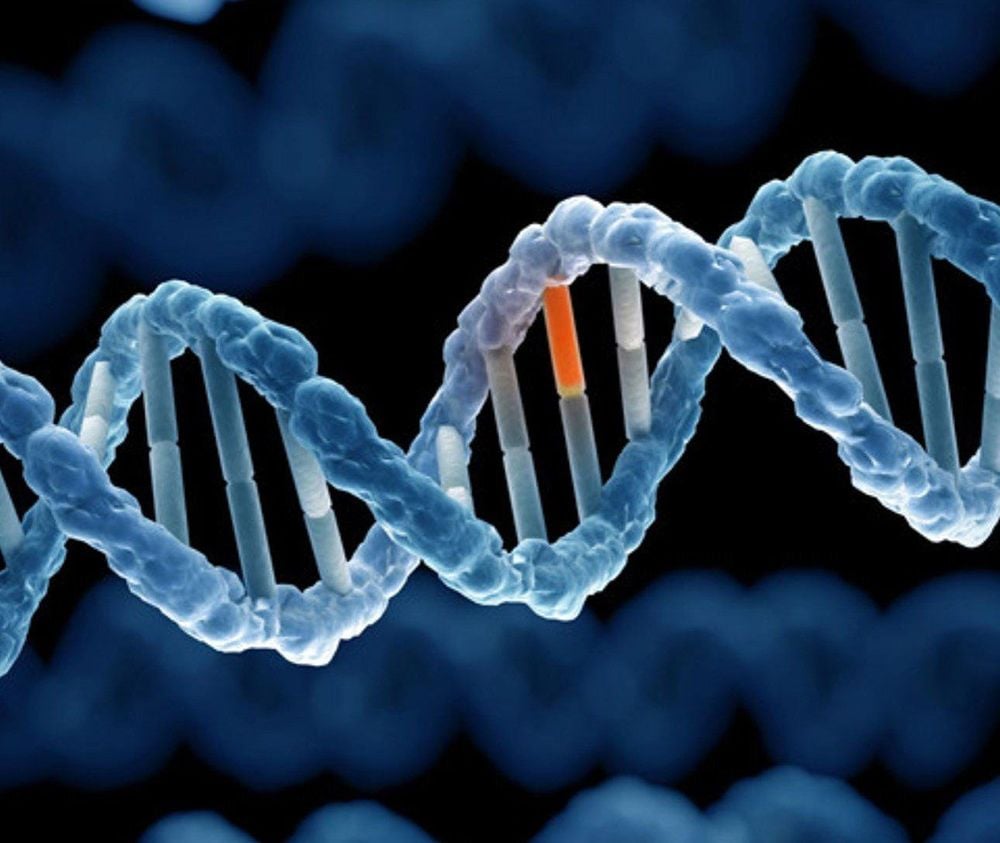
Đột biến gen có thể là nguyên nhân khiến trẻ em mắc bệnh Wilson
3. Treatment of Wilson's disease in children
In Wilson's patients, the majority of cases respond to treatment, in which the highest rate of response to treatment is chronic liver damage and asymptomatic type. Poor response to medical treatments is neurological damage associated with liver damage. Therefore, early detection, diagnosis and treatment of Wilson's disease in children will help improve treatment effectiveness, limit complications and mortality.
3.1. Principles of treatment
Treatment of copper waste with drugs such as: D-penicillamin, Trientine; Reduced absorption of copper salts of zinc; Supportive treatment with vitamin E and vitamin B6 supplements. Copper restriction diet counseling, liver function support therapy and symptomatic treatment.
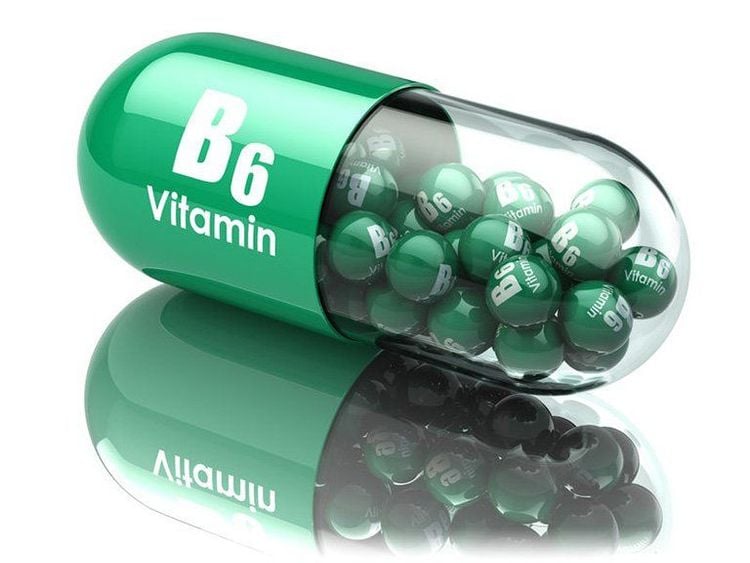
Bổ sung vitamin B6 giúp điều trị hỗ trợ bệnh Wilson ở trẻ em
3.2. Notes on the diet for Wilson's disease
Wilson's disease patients should have a diet that restricts foods and beverages containing high copper content such as:
Cocoa powder, chocolate, cashews, peanuts, sunflower seeds, pumpkin seeds, sesame seeds, etc. dried peas, almonds, wheat, beans. Do not drink alcohol and alcoholic beverages because it can make liver damage worse. Pay attention to the composition of substances in processed foods to avoid foods high in copper. Copper cookware should not be used. Offal, animal blood soup, canned liver pate Shellfish, seafood (oysters, squid, lobster) and seafood Coriander, oregano, mushroom, cruciferous vegetables, tomatoes, squash corn Industrial drinking water, carbonated drinking water. Drinking water needs to be analyzed and tested for copper as some water sources can contain high levels of copper. Only water sources containing 1μg copper/liter should be used.

Tránh xa rượu bịa giúp có lợi cho quá trình điều trị bệnh Wilson
Vinmec International General Hospital is one of the hospitals that not only ensures professional quality with a team of leading medical doctors, modern equipment and technology, but also stands out for its examination and consultation services. comprehensive and professional medical consultation and treatment; civilized, polite, safe and sterile medical examination and treatment space.
Customers can directly go to Vinmec Health system nationwide to visit or contact the hotline here for support.





